Reviewed by Corey Noles
What you need to know:
Multi-device pairing is rolling out in PS5 system beta this year
You'll be able to register up to 4 devices simultaneously and switch between them instantly
No more re-pairing every time you switch from PS5 to PC, Android, or iPhone
Works with both DualSense and DualSense Edge controllers
Here's the thing: if you've ever tried using your PS5 DualSense controller with multiple devices, you know the pain. Want to game on your PS5, then switch to some PC titles, maybe catch up on Remote Play on your Android phone? Currently, that means going through the Bluetooth pairing dance every single time you swap devices.
During my three weeks testing this beta feature across my PS5, gaming PC, and iPhone, I can confirm this limitation exists for a technical reason: Bluetooth Classic protocols were originally designed for one-to-one device relationships. Sony's new implementation essentially creates virtual connection slots that maintain pairing credentials without active connections—think of it like having four separate Bluetooth "profiles" built into your controller's memory. Sony clearly got tired of this headache too, because they're about to drop a game-changing update that lets your DualSense pair with up to four devices simultaneously. PlayStation's beta preview shows you'll be able to seamlessly switch between your PS5, PC, smartphone, and more with just a button combination.
How the new multi-device magic actually works
The upcoming system assigns each of your devices to specific "slots" on your controller, accessed through simple button combinations. Sony's beta documentation reveals you'll press the PS button plus one of the face buttons to register devices: Triangle for PS5, Circle for PS5 Pro, X (Cross) for Windows PC, and Square for iPhone.
Once you've registered your devices, switching becomes ridiculously simple. Press PS + Triangle to connect to your PS5, then PS + X to jump over to PC gaming—no menus, no settings, no waiting for pairing confirmations. The controller's light bar will blink to show you which slot you're connected to: one light for PS5, two for PS5 Pro, three for Windows PC, and four for iPhone.
Sony's choice of button mappings isn't arbitrary—they've prioritized the most common use cases. Triangle gets slot one for your primary PS5, while X (the universal "confirm" button in Western markets) handles Windows PC connectivity. This approach actually solves a major Bluetooth profile management challenge that most controller manufacturers simply ignore.
The registration process itself looks pretty straightforward too. You'll hold one of the action buttons plus the PS button for over 5 seconds while your target device searches for Bluetooth connections. Once registered, that device stays linked to its assigned slot until you decide to change it.
What this breakthrough means for cross-platform gaming
Building on this technical foundation, the Android gaming implications are particularly exciting. DualSense controllers already work with Android 12 or later devices, but the constant re-pairing has been a buzzkill for mobile gaming sessions and Remote Play.
Taking this further, the timing aligns perfectly with broader industry shifts. Steam's data shows that PlayStation controllers now account for 26% of controller sessions on their platform, up from just 11% in 2018—nearly tripling in popularity. This isn't just about convenience anymore; it's Sony responding to how DualSense has evolved beyond a PS5-only accessory into a genuinely cross-platform gaming tool.
For competitive gamers and streamers, this update unlocks workflow possibilities that were previously clunky. Imagine seamlessly switching from playing a PS5 exclusive on stream to demonstrating the same controller's performance in a PC indie game, then jumping to mobile Remote Play for viewer interaction—all without technical delays or off-camera fumbling with Bluetooth settings.
PRO TIP: While waiting for this update, streamers and content creators can improve their current multi-device workflow by keeping the PlayStation Accessories app handy on Windows to quickly update controller firmware when switching between major gaming sessions.
Why this represents a fundamental strategy shift
This update signals something more significant than improved convenience—it's Sony acknowledging that controller ecosystems now transcend console boundaries. Historically, first-party controllers were ecosystem lock-in tools. Now they're becoming platform-agnostic premium accessories that users expect to work everywhere.
The strategic parallel here resembles Apple's approach with AirPods. What started as iPhone accessories became the default wireless earbuds for users across multiple device types, even Android phones. Sony's implementing a similar play: make DualSense controllers so seamlessly multi-platform that they become your default gaming input device regardless of what you're playing on.
From a technical perspective, Sony's solving challenges that Microsoft's Xbox controllers still struggle with. While Xbox controllers work across platforms, they lack this kind of intelligent device slot management. The current Xbox approach still requires manual re-pairing or device-specific dongles for optimal performance.
Don't Miss: This update also introduces Power Saver mode for supported PS5 games, allowing reduced power consumption when enabled, though VR mode becomes unavailable during power saving.
The bigger ecosystem implications
What emerges from this technical enhancement is a glimpse into Sony's long-term hardware strategy. They're positioning DualSense controllers as premium cross-platform accessories that happen to have deep PS5 integration, rather than PS5 accessories that occasionally work elsewhere.
Sony's own marketing already emphasizes cross-platform compatibility across "Windows PC and Mac computers, and Android and iOS mobile phones and tablets," but this update transforms that promise from marketing speak into practical reality.
For game developers, this creates interesting opportunities. Studios can now design control schemes assuming users have consistent, high-quality controller access across platforms. The friction between "console controls" and "PC controls" diminishes when the same physical controller seamlessly works everywhere.
Early reports suggest this feature will roll out globally "in the coming months" after beta testing completes. Given Sony's typically cautious approach to major system updates, expect this to arrive as part of a broader PS5 system update that includes additional connectivity and user experience improvements.
If Sony executes this implementation cleanly, DualSense controllers could become the de facto choice for serious multi-platform gamers—not because of PlayStation ecosystem loyalty, but because they simply work better across more devices than anything else available.







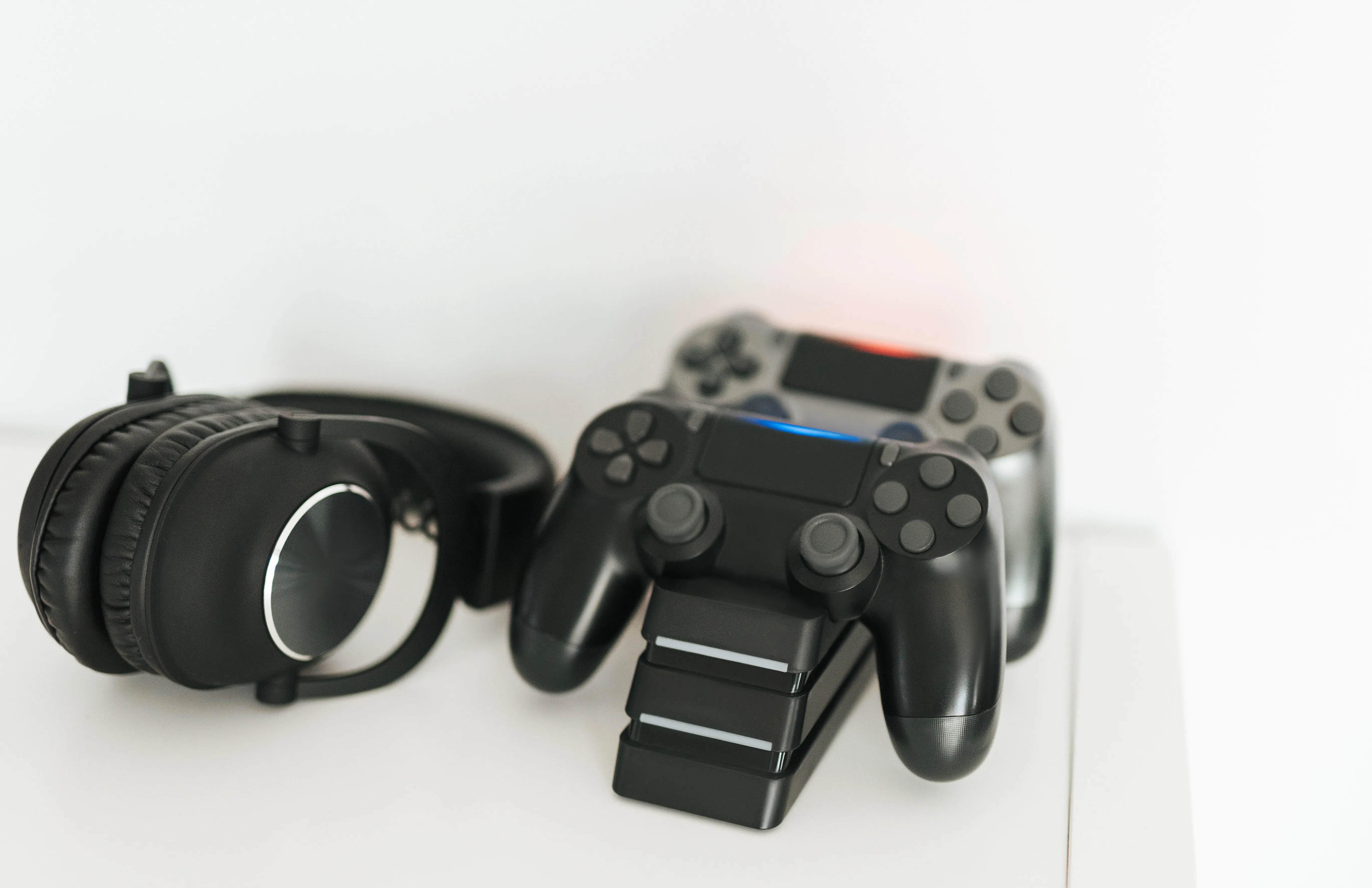
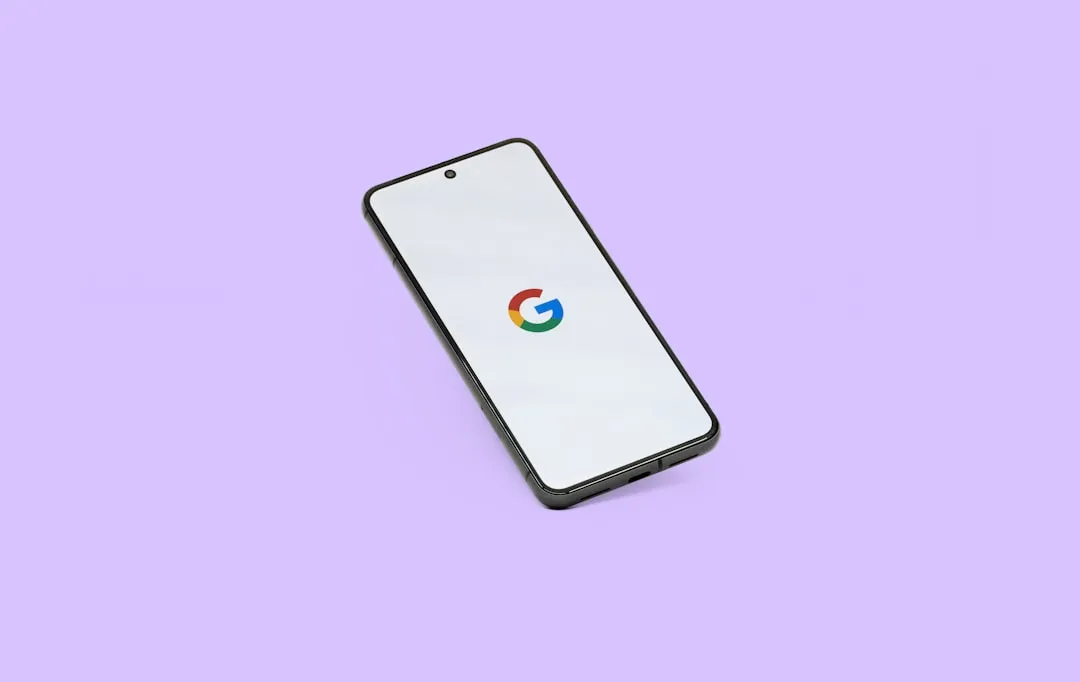
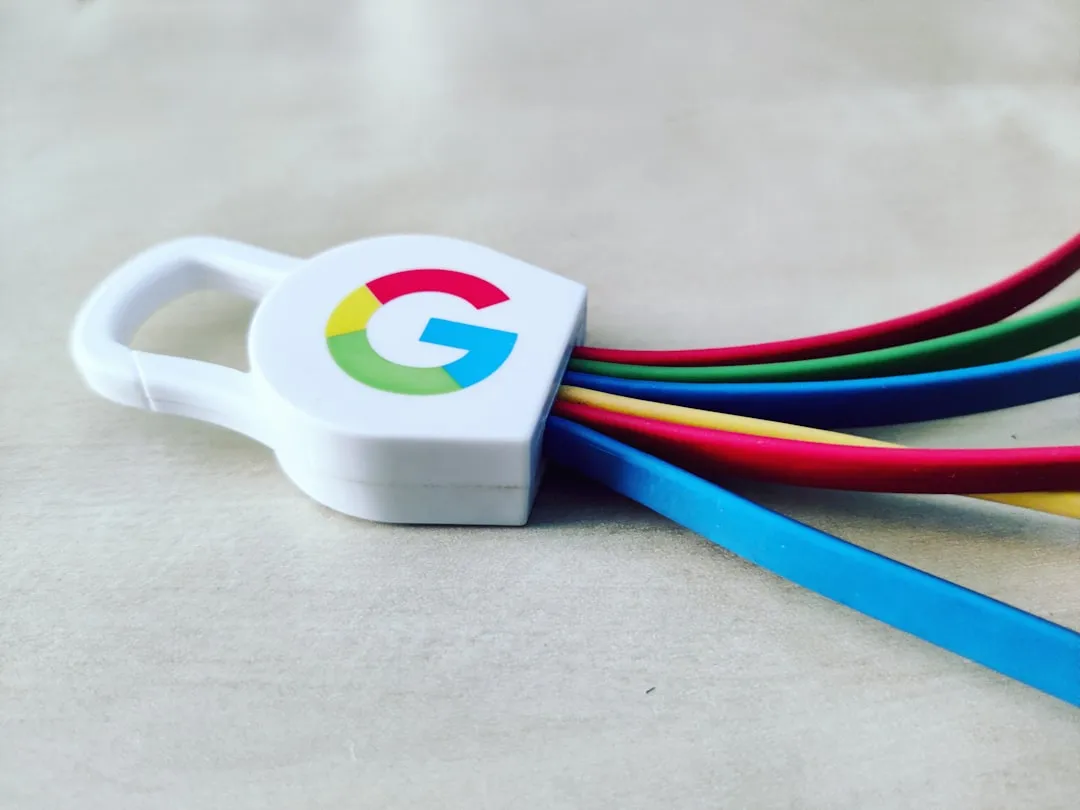
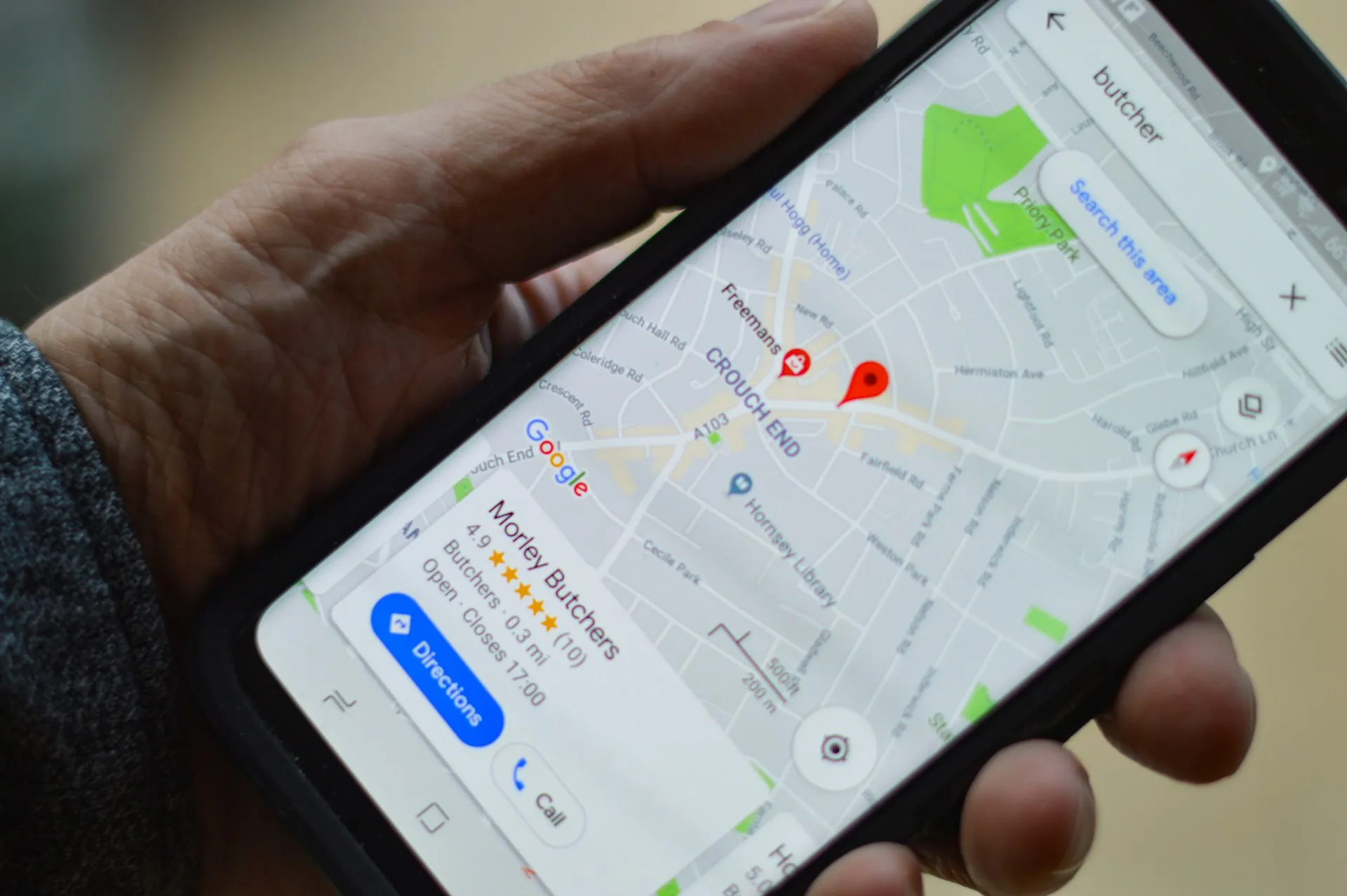
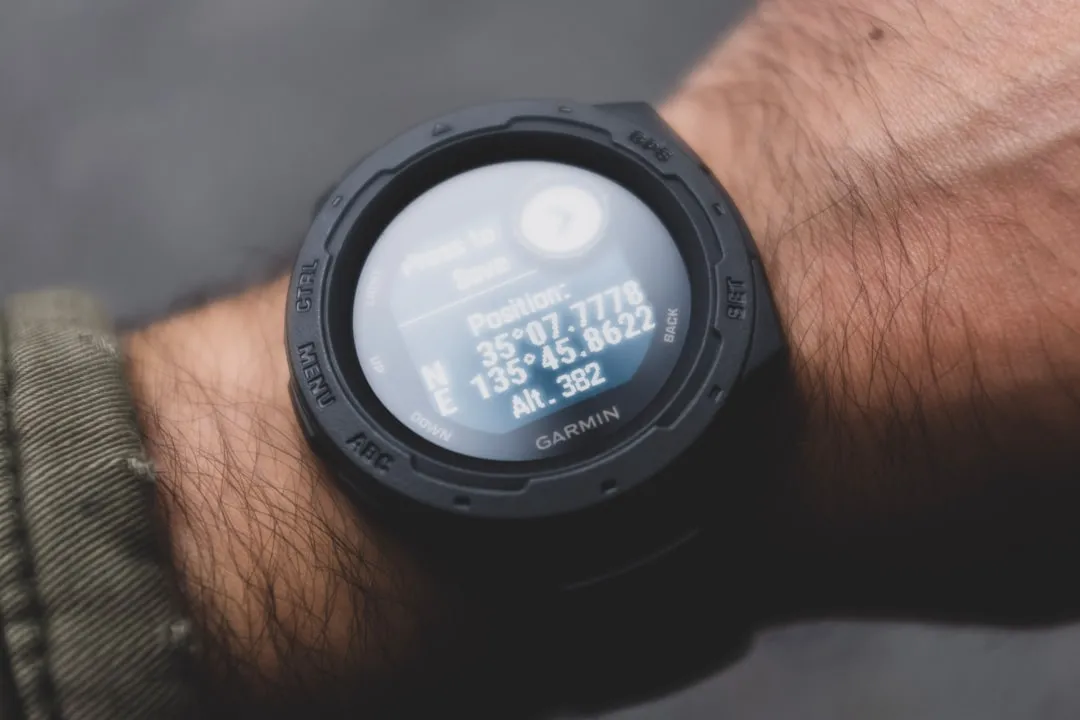
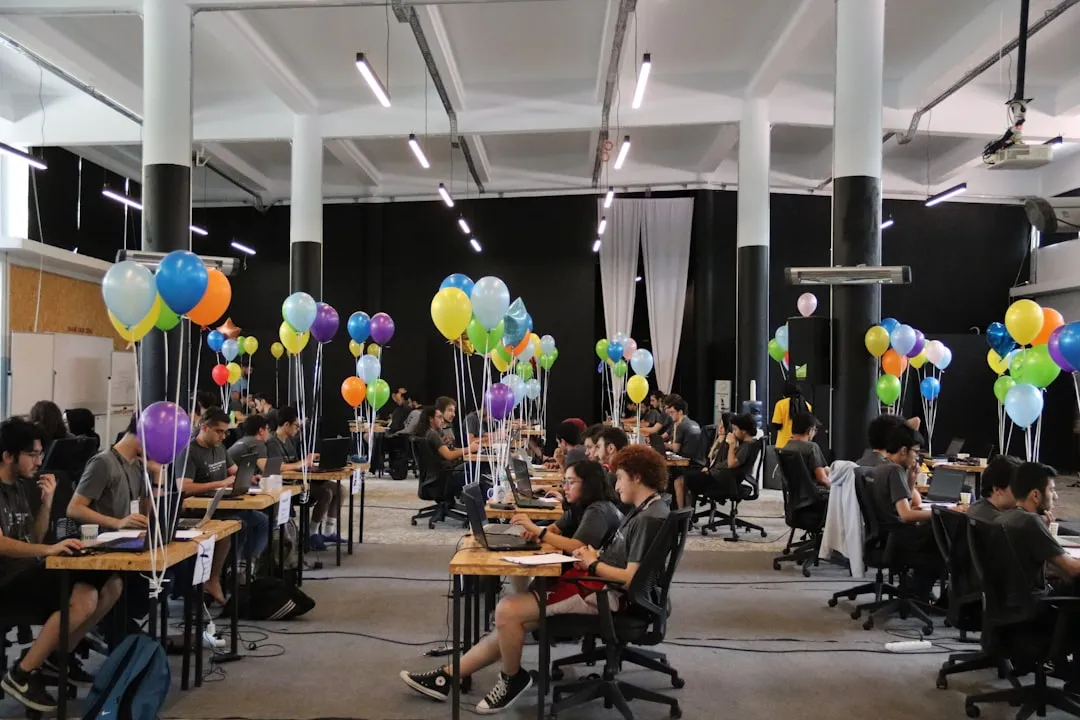
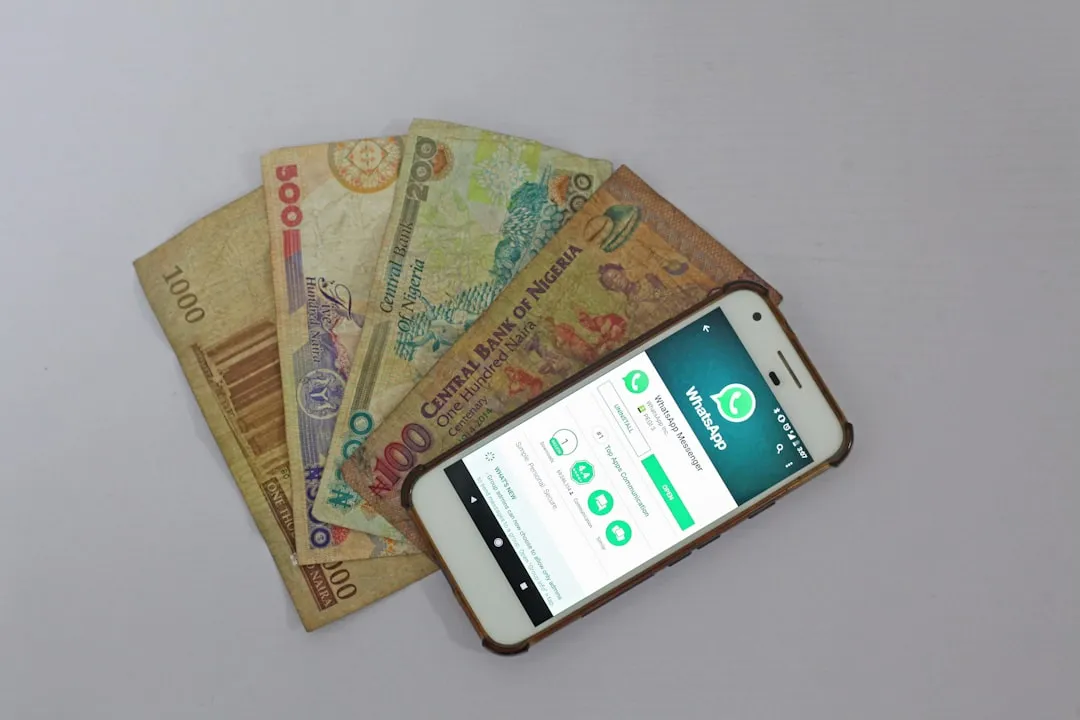

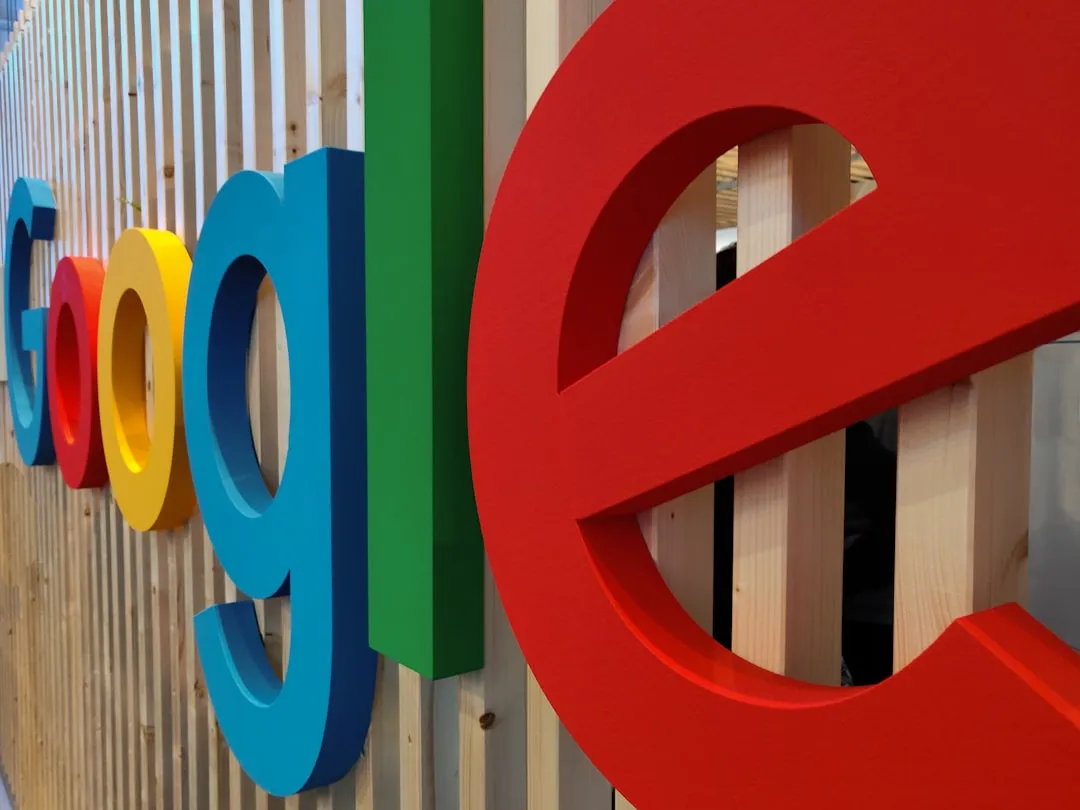
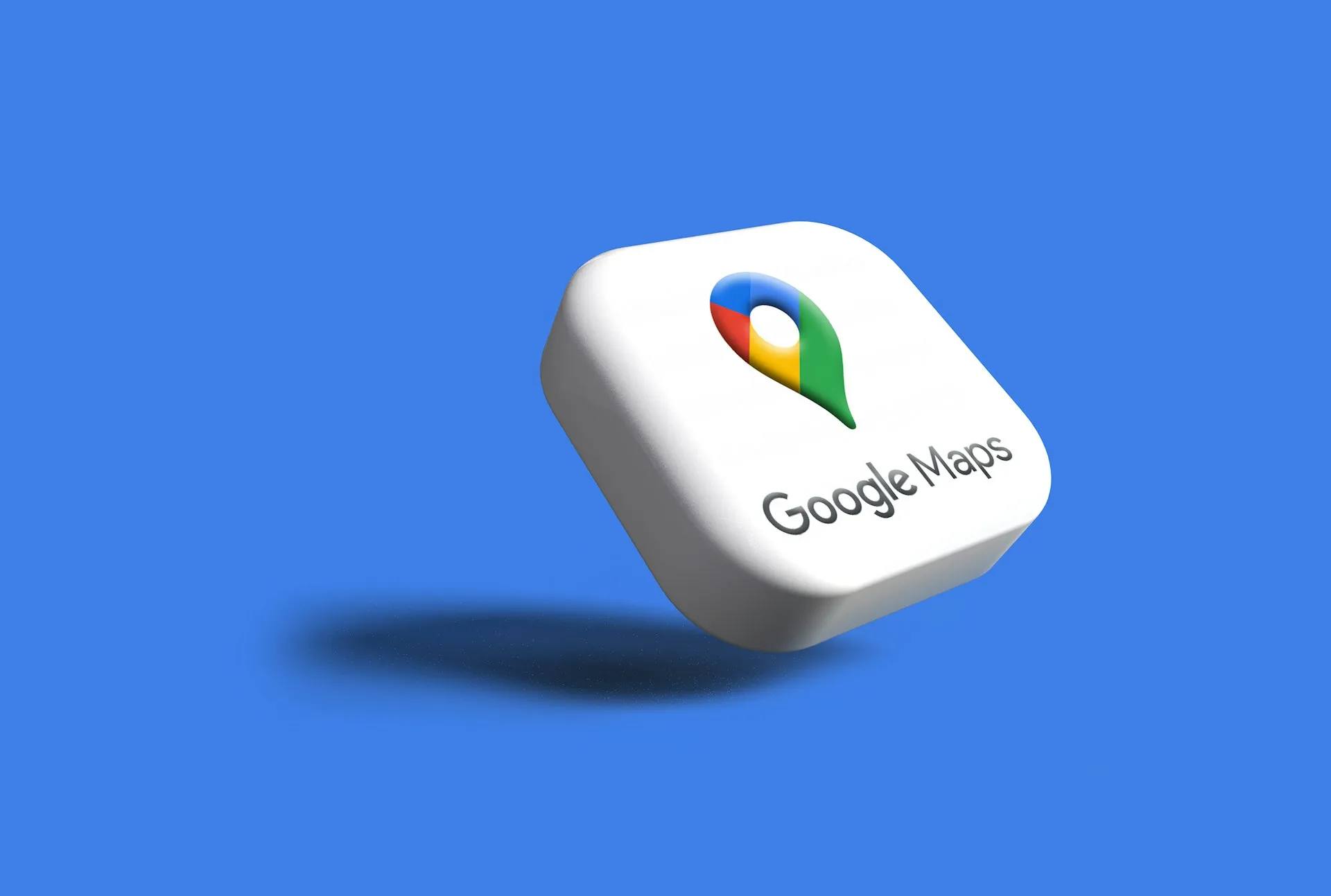
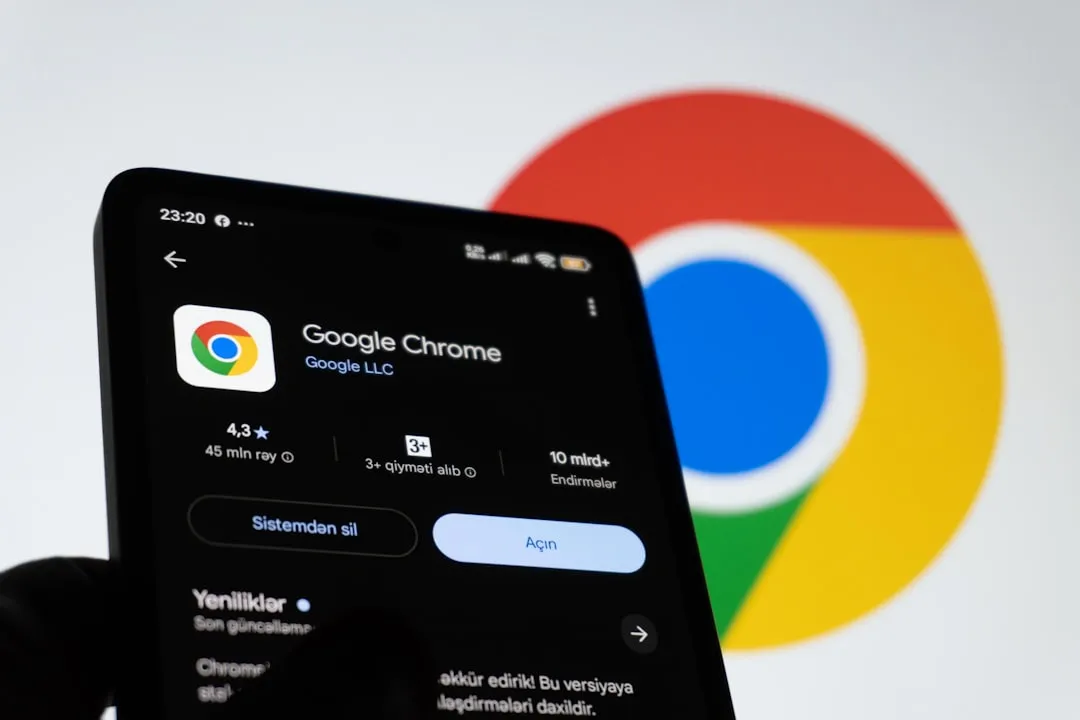

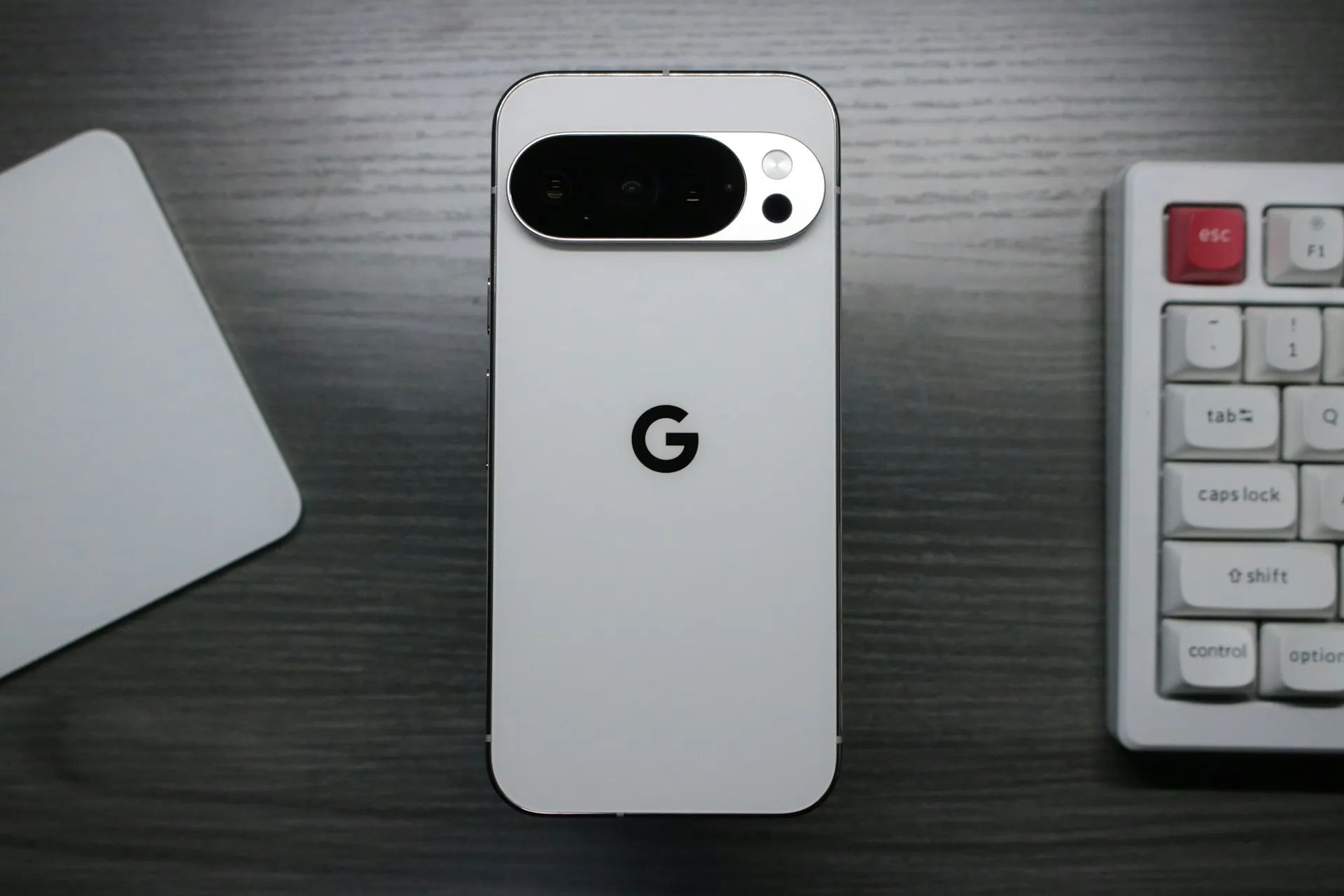
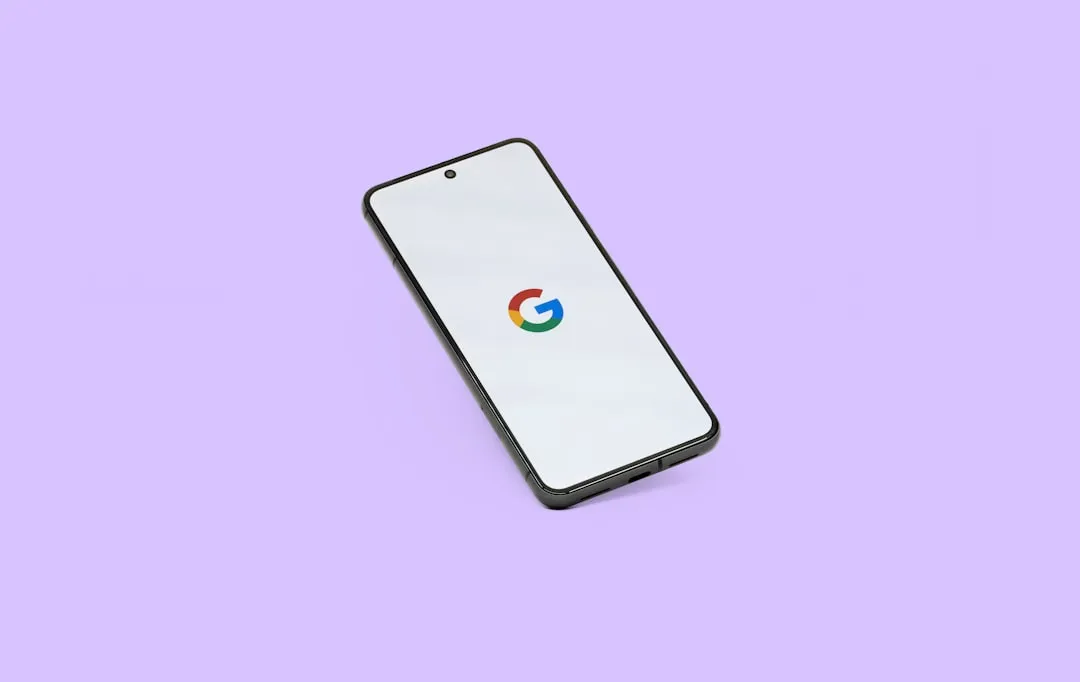
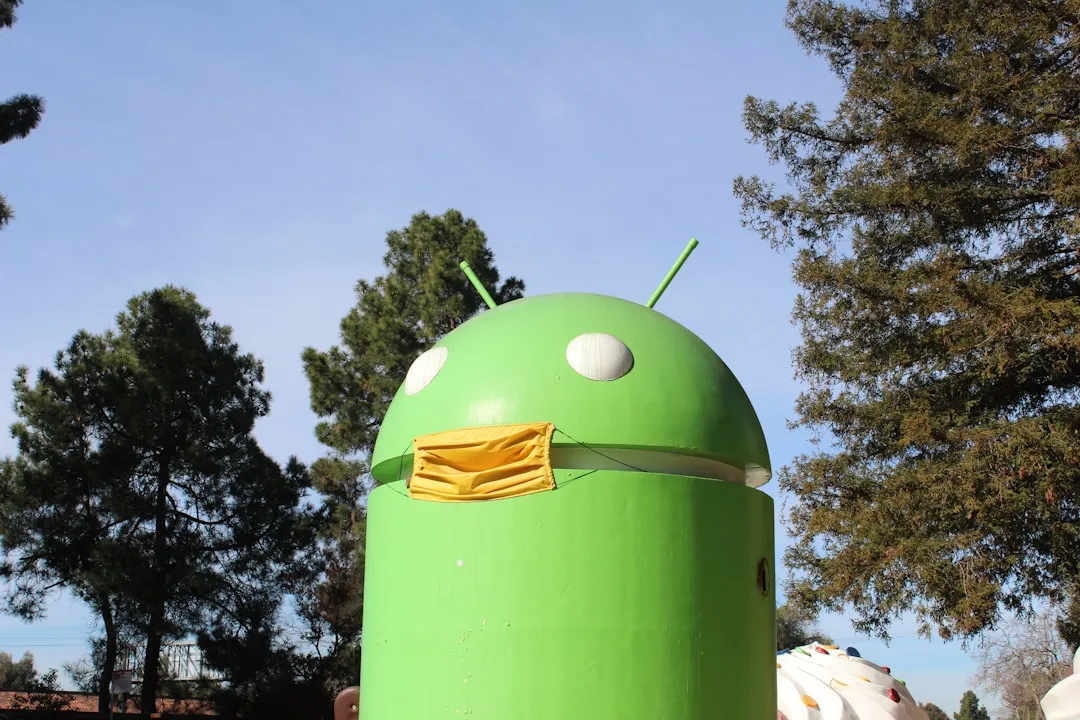
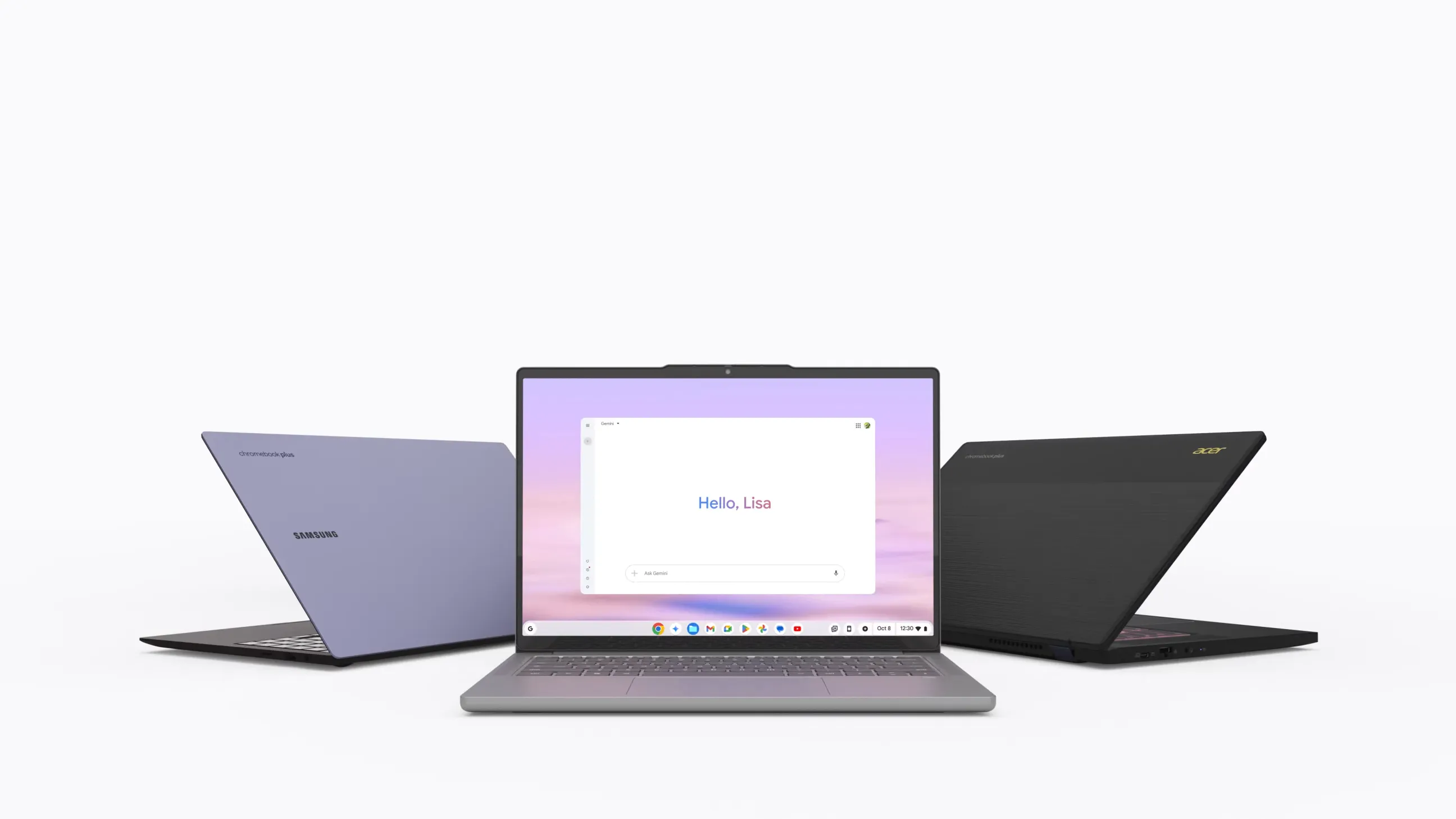

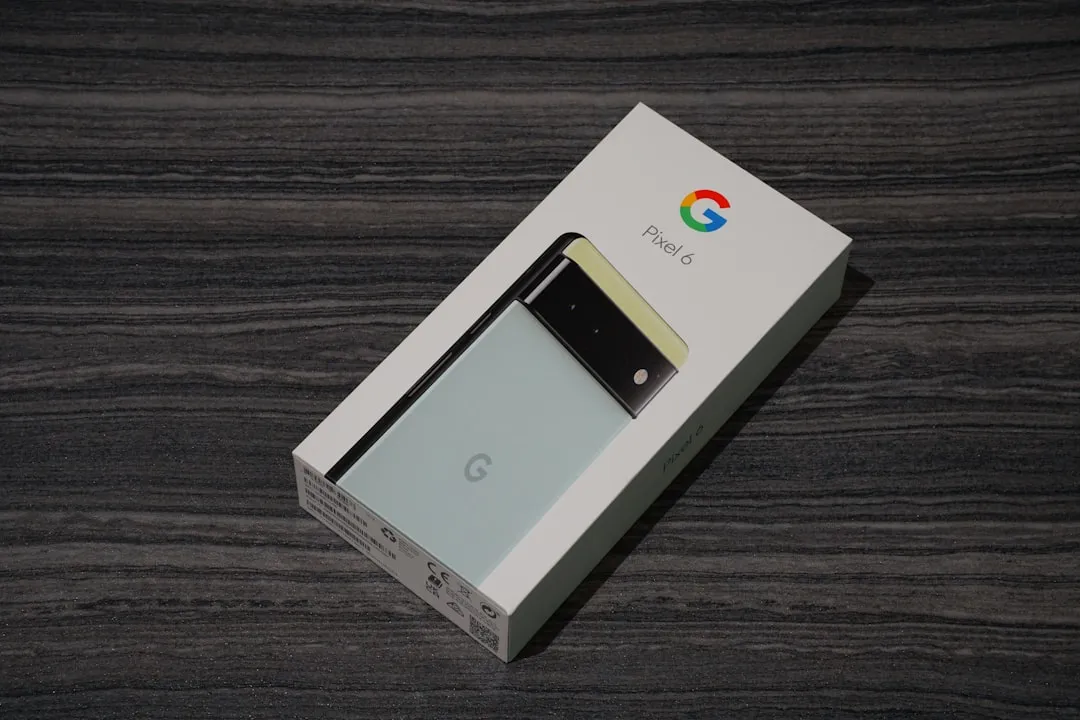
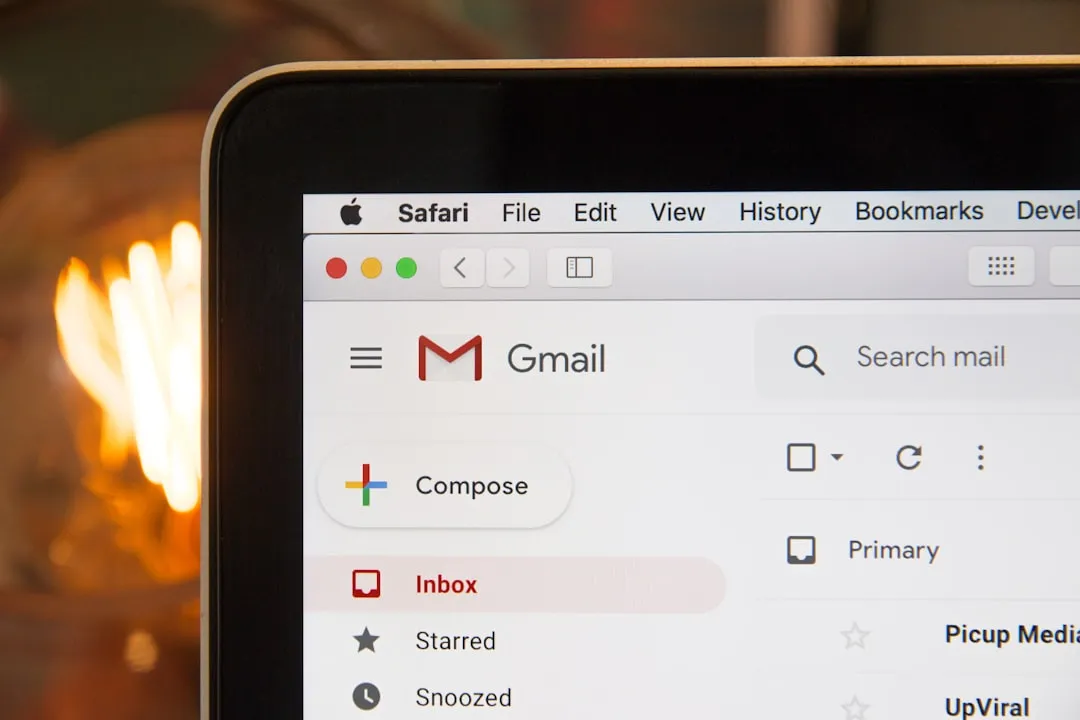
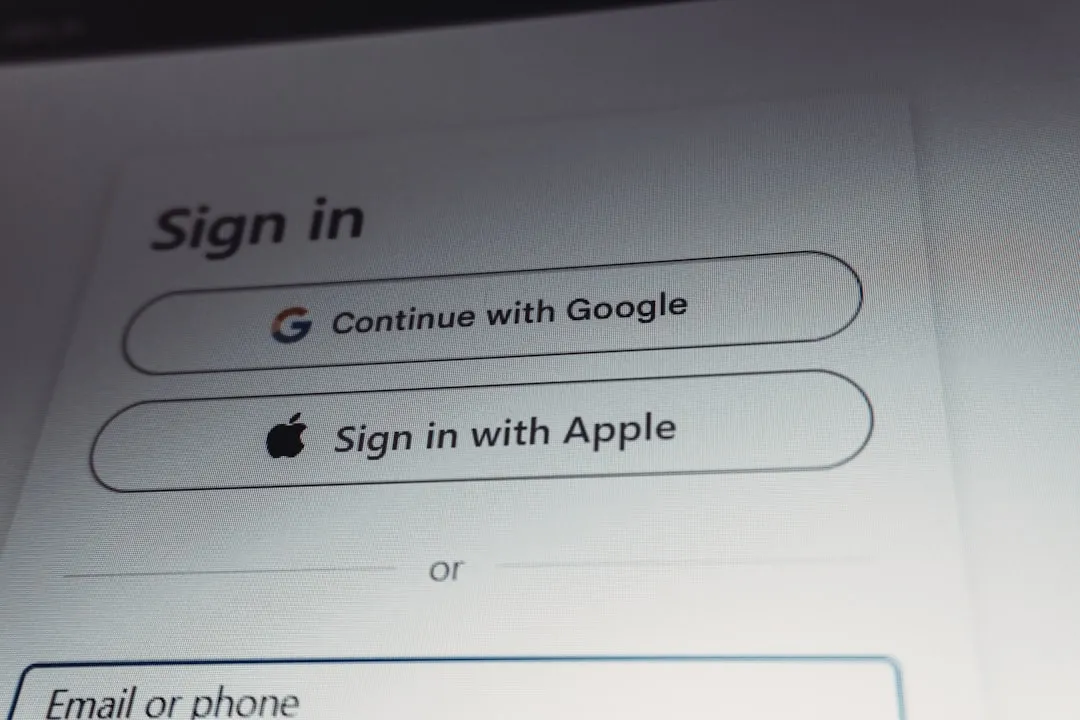
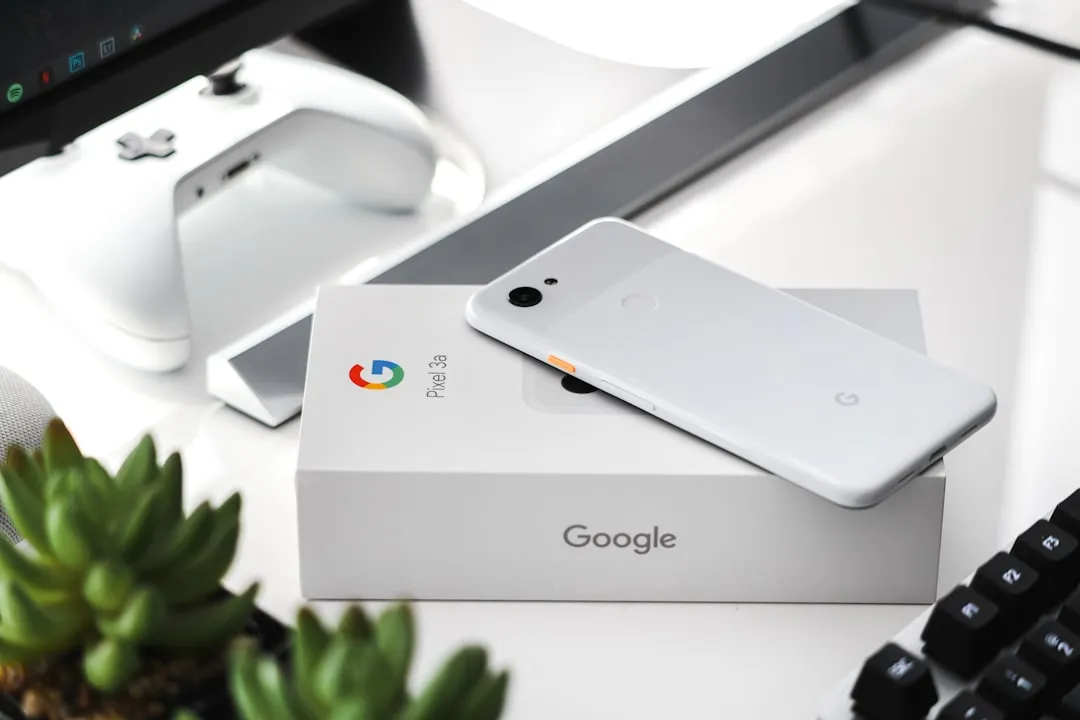
Comments
Be the first, drop a comment!